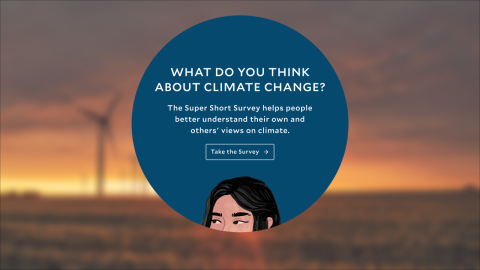I posted some brief musings this past Monday about the blurring boundaries between nonprofit and for profit options for young professionals seeking to do good in their careers. In the comment section, “Albert Nonymous” posted a link to a TED talk by Dan Pallotta, president of Advertising for Humanity, who is widely credited with pushing the boundaries of multi-day charity events that raise huge amounts of money.
I agree with Mr. Nonymous that this 19 minute video is very much to the point, and recommend it as today’s futurist assignment.
Pallotta outlines five “rules” (or norms) that discriminate against nonprofits that make it hard for them to succeed—either at competing with the for profit sector for employees, or at scaling up their impact. These rules describe societal attitudes towards nonprofit:
- Compensation—our society seems to believe it isn’t right to use pay to incentivize people to help other people. Why, Pallotta asks, is it ok to make a lot of money not helping other people, but not ok to make a lot of money for doing a good job of helping people? As I hear a lot of grumbling, in the museum arena, about the low pay of our profession, you may be interested in what Pallotta has to say to this point.
- Advertising and Marketing—society doesn’t recognize the value and payback of nonprofit spending on advertising. The amount of GDP going to charity has been stuck at 2% for over forty years. Pallotta asks, how are we going to unstick that figure, and wrestle “market share” from the for-profit sector if we can’t market what we do to potential donors?
- Risk Taking—big corporations can take big risks (and fail) in pursuit of a big payoff. As long as their overall performance is good in the long run, people are ok with that. Pallotta feels one thing killing innovation in our sector is that nonprofits are so routinely beat up in the press if any one fundraising attempt fails.
- Time—for profits can take years to become profitable and generate income for their investors. It took Amazon years to pay off, and social media platforms like Facebook and Twitter attract massive investment while searching for a stable financial model. During that time, a lot of their money goes to scaling up to the point where they are sustainable. Pallotta points out that society has no patience with a nonprofit that concentrates its resources internally on building capacity, rather than channeling it immediately to short term mission delivery.
- The very nature of nonprofit status—because we can’t pay people a return on their investment, we have less access to capital and less ability to take on debt. (Hence the dilemma I wrote about Monday, as entrepreneur Saul Garlick considers whether he would do more good, and be more sustainable, by turning his nonprofit into a for profit company.)
These five “rules” hobble our ability to generate scale, and limit our ability to have a profound impact on the world.
Pallotta ends with an effective summary of the arguments against the “overhead myth”—the single figure metric that says that nonprofits should spend the vast majority of their operating expenses on programs, as if “overhead” (read staff, facilities, capacity) were an evil and wasteful extravagance. (You can read more about this last point at the Overhead Myth Campaign, supported by GuideStar, Charity Navigator and BBB Wise Giving Alliance, which is recruiting signatures on a pledge to “end the Overhead Myth and support nonprofits to invest in their mission, sustainability and success.”)
So my Futurist Friday assignment for you: watch the video and think about what would have to happen in order for Pallotta’s three rules to be overturned. What trends and events might shift societal attitudes and values so that, in the future:
- Nonprofit professionals are compensated commensurate to their ability to deliver on their nonprofit mission, and this compensation was competitive with the for profit sector, in part because
- It is right an appropriate for nonprofits to market what we do for all we are worth—expanding the percent of GDP going to charity from 2% to 3% or higher
- A good nonprofit is expected to take risks, and occasionally fail, in pursuit of the next great thing they might achieve
- Donors accept and support that a nonprofit might have to focus its efforts and money inward for some years, investing in its own capacity to scale up
- Many nonprofits move to a hybrid model (B corporations, L3Cs) to attracted social entrepreneurs who want to invest their money in return for both a financial result and a social good.
And please, share your insights in the comment section of the Blog!







